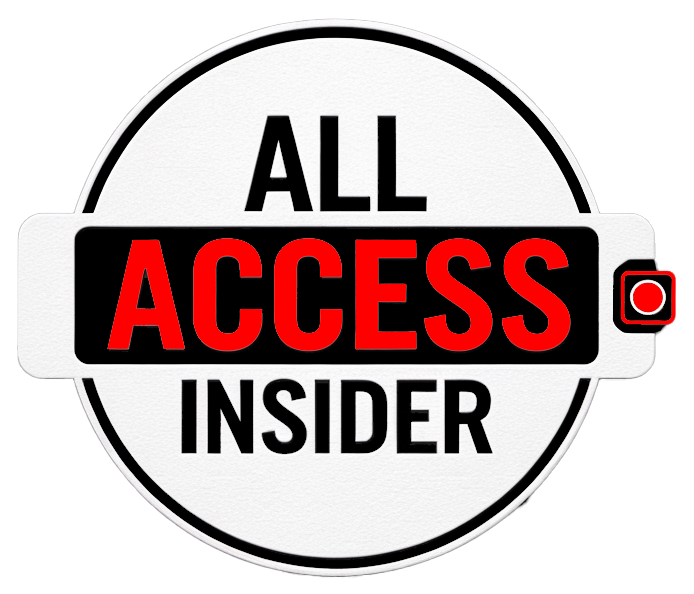Understanding the Importance of Authentication in Resource Access
In today’s interconnected digital landscape, maintaining the security and integrity of online resources is paramount. As organizations increase their reliance on digital platforms to store and manage sensitive information, the necessity for robust authentication mechanisms becomes more apparent. This article delves into the concept of resource authentication, its significance, and the various methods employed to safeguard access to vital information.
The Concept of Resource Authentication
Resource authentication refers to the process of verifying the identity of a user or system attempting to access a specific resource within a network or application. This security measure ensures that only authorized individuals can interact with sensitive data, thereby protecting against unauthorized access, data breaches, and other cyber threats. In a world where cybercrime is rampant, effective authentication is not just a technical requirement but a critical component of digital trust.
Why Authentication is Essential
The implications of inadequate authentication are profound. Without proper safeguards, organizations expose themselves to a multitude of risks, including:
- Data Breaches: Unauthorized access can lead to significant data breaches, resulting in financial losses and damage to reputation.
- Identity Theft: Cybercriminals can misuse stolen credentials to impersonate legitimate users, leading to further security issues.
- Compliance Violations: Many industries are subject to regulations that mandate specific security measures. Failing to authenticate properly can result in costly fines and legal repercussions.
In light of these risks, the importance of implementing strong authentication practices cannot be overstated.
Types of Authentication Methods
Authentication methods can be broadly categorized into three types: something you know, something you have, and something you are. Each of these categories plays a critical role in establishing a secure authentication framework.
1. Something You Know
This category typically involves traditional methods such as passwords and PINs. While these are easy to implement and widely used, they are also susceptible to phishing attacks and brute force methods. To enhance security, organizations are encouraged to adopt complex, unique passwords and to implement password policies that require regular updates.
2. Something You Have
Two-factor authentication (2FA) is a popular example of this method. It requires users to provide a second form of identification, such as a text message code sent to their mobile device or a time-sensitive token generated by an authentication app. This additional layer of security significantly reduces the likelihood of unauthorized access, as potential intruders would need both the password and the physical device.
3. Something You Are
This category encompasses biometric authentication methods, such as fingerprint scans, facial recognition, and iris scans. Biometric methods offer a high level of security because they are unique to each individual and difficult to replicate. As technology advances, we are likely to see wider adoption of biometric systems in various applications, from mobile phones to secure facilities.
Best Practices for Effective Authentication
Implementing a robust authentication strategy involves not only choosing the right methods but also adhering to best practices to ensure their effectiveness. Here are several key practices to consider:
- Regularly Update Security Protocols: Cyber threats evolve continuously, making it essential to stay informed about the latest security protocols and update authentication methods accordingly.
- Educate Users: Conduct training sessions to educate employees about the importance of strong passwords and the risks of phishing attacks. Awareness is a powerful tool in preventing security breaches.
- Implement Role-Based Access Control: Limit access to sensitive resources based on user roles within the organization. This principle of least privilege minimizes exposure and reduces risk.
- Monitor Access Logs: Regularly review access logs for unusual activity. Anomalies may indicate unauthorized attempts to access resources.
- Utilize Single Sign-On (SSO): SSO solutions provide users with a convenient way to access multiple applications with one set of credentials, simplifying the authentication process while enhancing security.
The Future of Authentication
As we move forward, the landscape of authentication will undoubtedly evolve. With the rise of artificial intelligence and machine learning, organizations are beginning to explore adaptive authentication methods that analyze user behavior and context to determine the most appropriate level of security required for each access attempt. For instance, if a user typically logs in from a specific location and suddenly attempts to access resources from an unfamiliar device or location, the system may prompt for additional authentication factors.
Moreover, as the Internet of Things (IoT) continues to expand, the need for secure authentication methods tailored for interconnected devices will become increasingly critical. Ensuring that devices communicate securely and that users can access them safely will be a significant focus for developers and security professionals alike.
Conclusion
In conclusion, resource authentication is a vital component of modern cybersecurity strategies. As organizations navigate an increasingly complex digital landscape, the importance of implementing effective authentication methods cannot be overstated. By understanding the various types of authentication, adhering to best practices, and staying ahead of emerging trends, businesses can safeguard their sensitive information, protect their reputation, and maintain the trust of their users. In a world where cyber threats are ever-present, investing in robust authentication measures is not just a precaution—it is a necessity.





